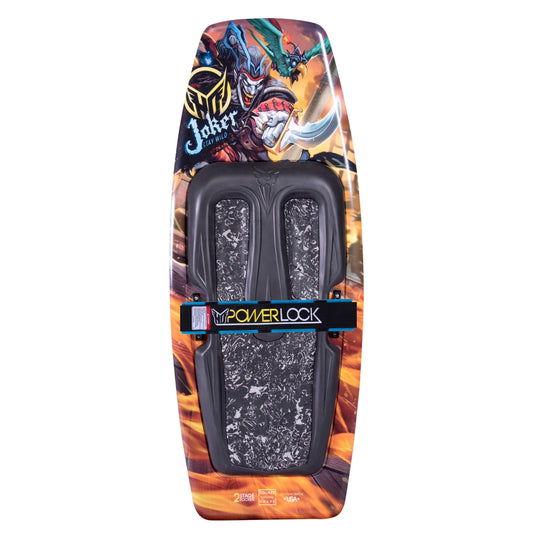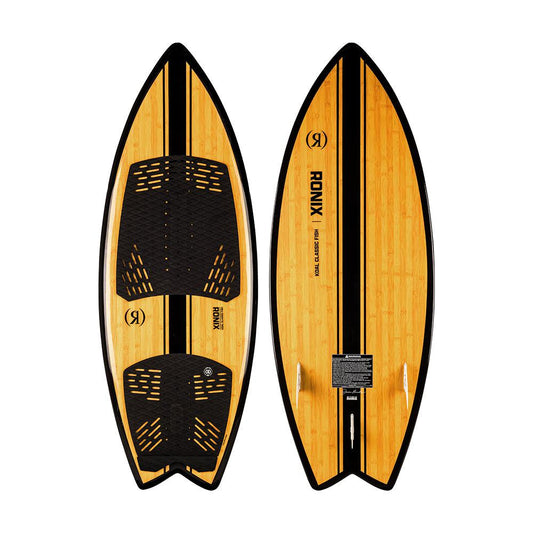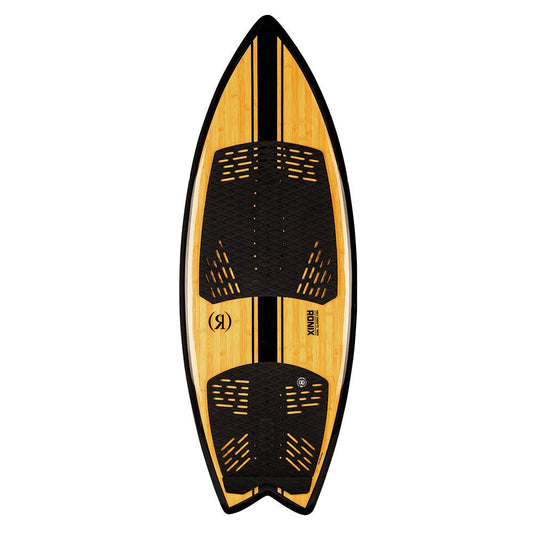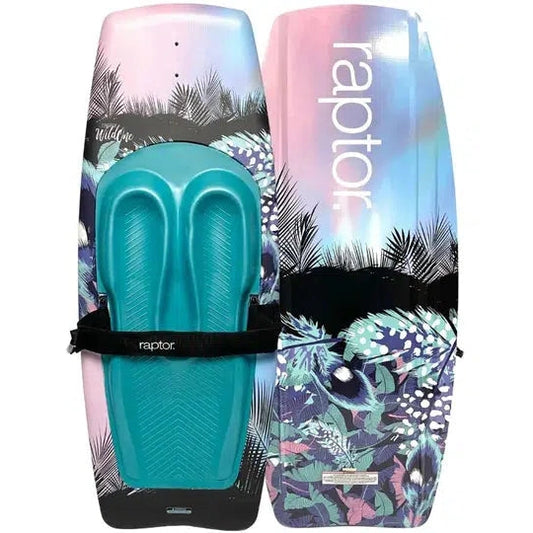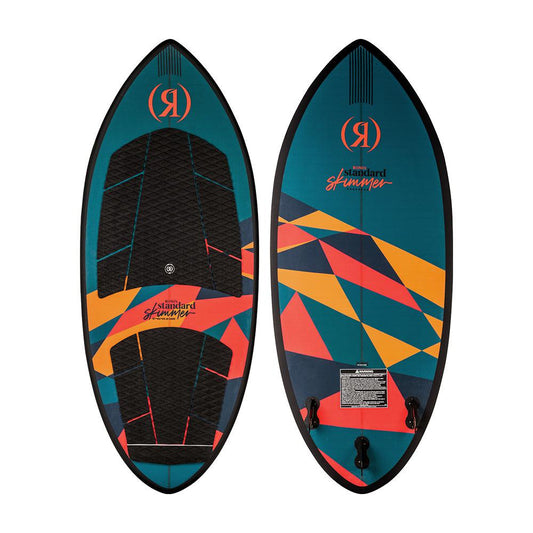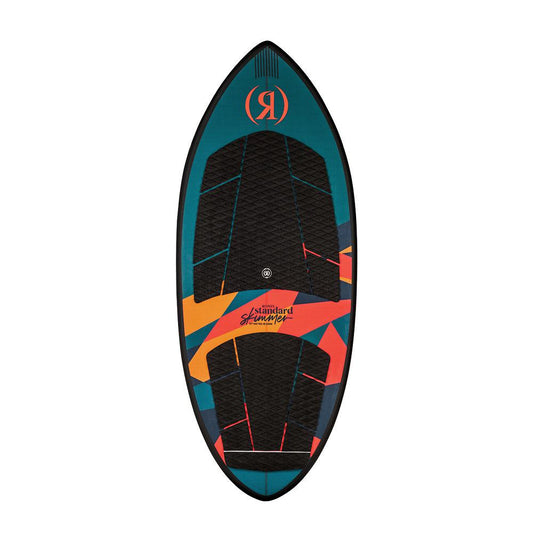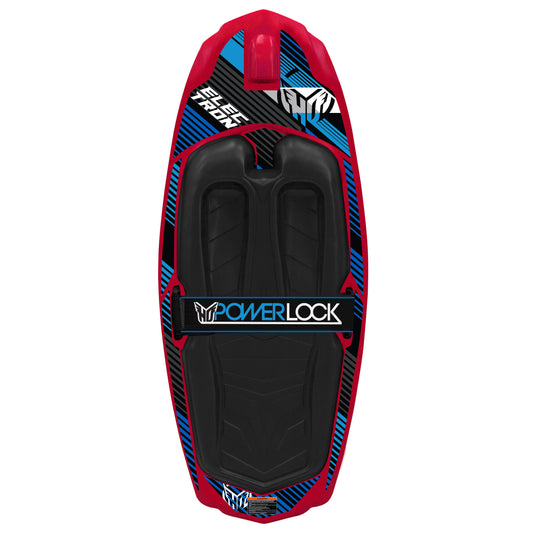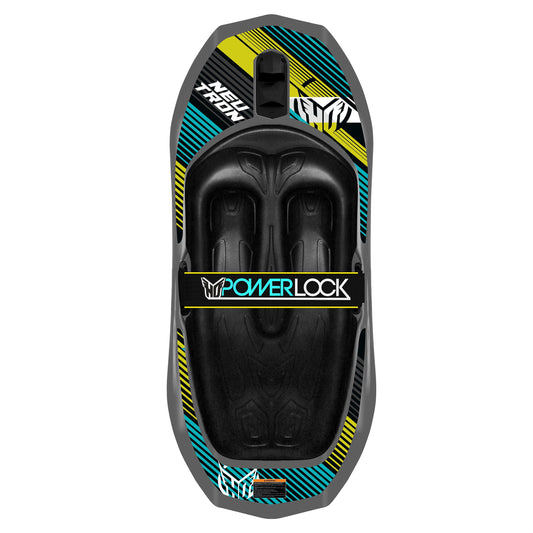
Collection: Kneeboards & Wakesurfs

WAKEBOARDS

WAKEBOARD BOOTS

SLALOM SKIS

SLALOM SKI BOOTS

OTHER BOARDS

VESTS

ACCESSORIES

WAKEBOARDS

WAKEBOARD BOOTS

SLALOM SKIS

SLALOM SKI BOOTS

OTHER BOARDS

VESTS

ACCESSORIES
-
2025 HO Joker KB w/ Powerlock Strap Kneeboard
Regular price $649.99 AUDRegular priceUnit price / per- $649.99
-
2025 Ronix Koal Classic Fish Wakesurfer
Regular price $1,299.99 AUDRegular priceUnit price / per- $1,299.99
- $1,299.99
- $1,299.99
-
2025 Raptor Wild One Kneeboard
Regular price $529.95 AUDRegular priceUnit price / per- $529.95
-
2025 Jobe Slash Kneeboard
Regular price $299.99 AUDRegular priceUnit price / per- $299.99
- $299.99
-
2025 Ronix Standard Skimmer Wakesurf
Regular price $999.99 AUDRegular priceUnit price / per- $999.99
- $999.99
- $999.99
-
2024 Ronix Standard Core Skimmer Wakesurfer
Regular price $999.99 AUDRegular priceUnit price / per- $999.99
- $999.99
-
2025 HO Electron KB w/Powerlock Strap Kneeboard
Regular price $349.99 AUDRegular priceUnit price / per- $349.99
Sold out -
2025 HO Neutron KB w/Powerlock Strap Kneeboard
Regular price $374.99 AUDRegular priceUnit price / per- $374.99
-
2023 Hyperlite Broadcast Wakesurf
Regular price $849.99 AUDRegular priceUnit price / per- $849.99
- $849.99
-
KD Razor Kneeboard - Green/Blue
Regular price $249.99 AUDRegular priceUnit price / per- $249.99
-
2025 Raptor WeLcOmE tO tHe mAdHoUsE Kneeboard
Regular price $599.95 AUDRegular priceUnit price / per- $599.95
-
2025 Hyperlite Time Machine Wakesurf
Regular price $1,249.99 AUDRegular priceUnit price / per- $1,249.99
- $1,249.99
-
2025 Liquid Force Ace Skim Wakesurf Board
Regular price $1,349.99 AUDRegular priceUnit price / per- $1,349.99
- $1,349.99
-
2025 Liquid Force Blade Wakesurf Board
Regular price $1,599.99 AUDRegular priceUnit price / per- $1,599.99
- $1,599.99
- $1,599.99
- $1,599.99
-
2025 Liquid Force Reign Skim Wakesurf Board
Regular price $1,599.99 AUDRegular priceUnit price / per- $1,599.99
- $1,599.99
- $1,599.99
-
2025 Liquid Force Primo Wakesurf Board
Regular price $1,099.99 AUDRegular priceUnit price / per- $1,099.99
- $1,099.99
- $1,099.99
- $1,099.99


